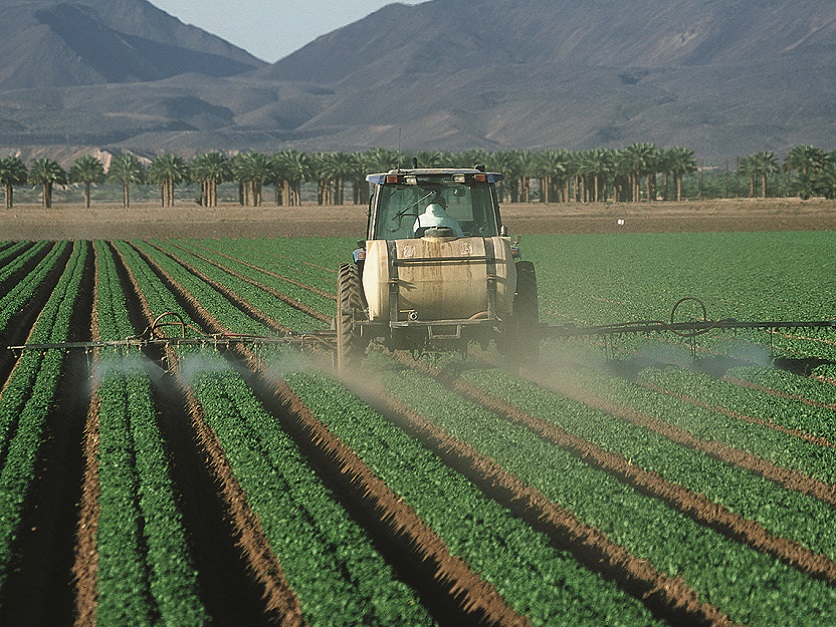The California Department of Pesticide Regulation observed an annual decrease of 11.5% in active ingredient application and 10.3% fewer cumulative acres treated in the 2021 annual report.
California’s report included ending virtually all use of the pesticide chlorpyrifos at the end of 2020 after evidence showed that it caused impaired neurological development in young children, prohibiting consumer use of products containing carbaryl in 2020 after research showed that most pesticide illnesses came from consumer misuse of the product, adding additional health-protective restrictions on 1,3-dichloropropene (1,3-D) and placing restrictions on the use of neonicotinoids in 2022 to protect pollinators.
Ten-year cumulative data shows an increase in the total volume of low-toxicity pesticides applied and a decline in the use of all other pesticide categories. Cholinesterase inhibitors decreased by 40%, carcinogens by 17% and groundwater contaminants by 81% between 2012 and 2021.
California has been collecting Pesticide Use Report data for more than 30 years. It tracks applications on farms, parks, managed urban landscapes, rights of ways, roadsides and structures.
Julie Henderson, Director of the Department of Pesticide Regulation, explains that the data is important to "protect human health and the environment both in our regulatory work and in California’s transition to safer, more sustainable pest management.”
Pesticide application varies from year to year when factoring in weather, drought and crop conditions. In 2021, almonds, wine grapes, oranges, tangerines, strawberries, table grapes and raisin grapes were treated with the most total pounds of pesticides. Crops that decreased overall pounds of pesticide application from 2020 to 2021 include almonds, wine grapes, table grapes, raisin grapes and walnuts.
The California Environmental Protection Agency, California Department of Food and Agriculture and California Department of Pesticide Regulation are collaborating to develop goals to accelerate the adoption of a more sustainable pest management system by reducing the use of high-risk pesticides. The work group’s project, the Sustainable Pest Management Roadmap, was released for public comment on January 26, 2023.
For more news, go to www.Agri-Pulse.com.

